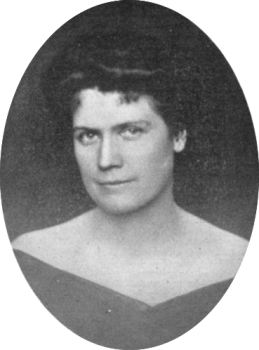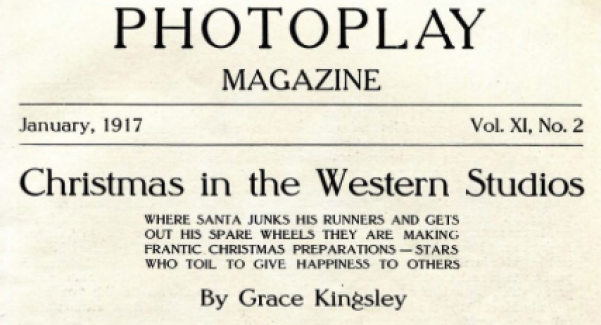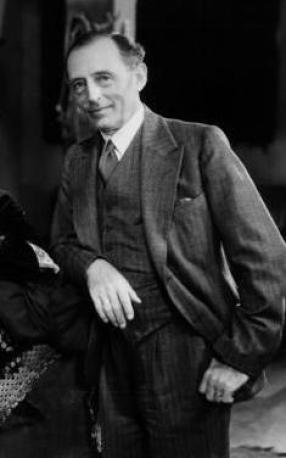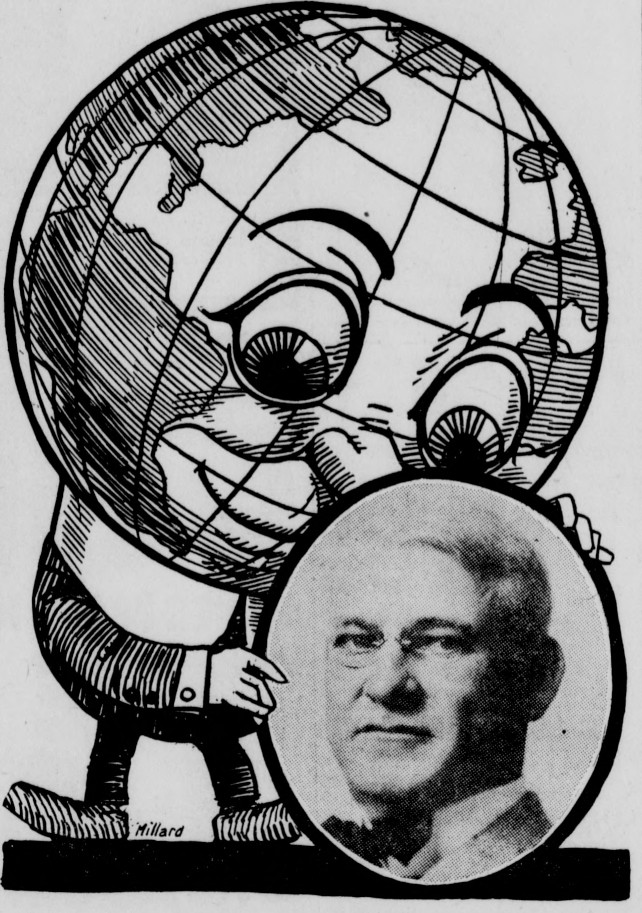
One hundred years ago this week, Grace Kingsley’s work was cut off by a bad typesetter. Her story about why cowboy star Tom Mix had decided to give up stunts (he never did) after some nasty injuries was supposed to be continued on another page, but it wasn’t. Instead there was an announcement about a film preservation scheme:
“a motion picture mausoleum or “Hall of Fame” to cost a million dollars and endowed for a similar amount, to preserve historic photoplays is planned by William Fox, head of the Fox Film Corporation…The plan is to place in the mausoleum such films of contemporary scenes, movements of thought and development of human experience as will prove of the greatest historic value to the generations to come.”
Motography had gotten the same press release, but they published more of it. The mausoleum was to be built in Central Park, New York City, with immense vaults, a projection room and a library of screenplays and writings about cinema.
Like so many other big plans for film preservation, this went nowhere. The idea that films ought to be saved had been around since the beginning; their inventor, W.K.L. Dickson had pointed it out in 1894, according to historian Stephen Bottomore.* In 1898, camera operator Boleslaw Matuszewshi published a pamphlet, “Une nouvelle source de l’historie” that argued for the creation of a film archive. The first wasn’t founded until 1917 in London, when the Imperial War Museum’s Department of Film was created to preserve the moving picture record of World War I, and archives for fiction films didn’t get started until the mid-1930’s.
Why William Fox’s plan failed hasn’t been written about. Despite his importance to film history (he founded the still going concern Fox Films, built a chain of movie palaces and funded the development of sound on film technology) there has been only one incomplete attempt at his biography by Vanda Krefft. In 2010 she wrote a useful article about researching Fox for the Readex Report. HarperCollins planned to publish her book in 2012, but these projects always take longer than you hope.

Kingsley’s movie reviews weren’t sabotaged by the typesetter, and this week she particularly liked Island of Desire (coincidentally, William Fox produced it). It was yet another desert island movie of which there were many in 1916, but this now lost film was especially entertaining:
As fascinating as Robinson Crusoe, as exciting as Treasure Island is The Island of Desire at Miller’s this week, with George Walsh and Margaret Gibson in the leading roles. Otis Turner is to be congratulated on giving us a new sort of desert island tale, which is imbued with the witching spirit of fancifulness, an atmosphere of real romance and adventure. And if only George Walsh would cut his hair, he’d be a regular guy! Certainly he has all the muscle and ‘pep’ not to mention the good looks demanded of a romantic hero…The hero and heroine are cast away on a desert island with some valuable pearls in their possession and these are the cause of a thickly mixed plot, pursuing thieves and what not. And as if this weren’t enough the poor hero and heroine are attacked by cannibals and rained upon by a volcano. When they attempt to take refuge from their numerous enemies in caves, some large-sized monkeys dispute their possession. I don’t know monkeys ever lived in caves, but anyway these monkeys did. Those who love swift moving adventure will revel in The Island of Desire.

George Walsh’s hair length really seemed to bother people, and other critics complained even more about it. George W. Graves in Motography wrote “he would have made a much more convincing skipper and fighter of the Seawolf type, had not that great shock of hair bulging out back of his ears made him resemble so much a certain noted violinist,” and Peter Milne in Motion Picture News said “some of his scenes in which his lengthy coiffure is so pronounced are somewhat lessened in realism by this very fact. We think a hero must not be long haired to be romantic.” Now there’s plenty of gay panic still around, it just isn’t concentrated on hair length.

Walsh did cut his hair and had a fairly good career. His athleticism and comic timing made him a rival to Douglas Fairbanks and he was cast as the original Ben Hur (1925), but he lost the part when the director and screenwriter also got fired. He continued to get supporting roles, particularly in his older brother Raoul Walsh’s films, until he retired from acting and became a horse breeder and trainer.
Kingsley told a cute story about awkwardness between high- and middle-brow culture. Lydia Lopokova, a ballerina in town with Nijinsky’s troupe, asked Charlie Chaplin to tea. She was reading when he arrived with a book under his arm, so naturally he asked about her book. She said “Why, I suppose I ought to say Tolstoy, but the fact of the matter is it’s George Ade. (1) What is your book? Something frivolous, I suppose?” Chaplin paused and blushed. “Oh, don’t mind telling me,” said Mlle Lopokova. “You see, I’m often frivolous myself. What is it?” It was “The Reflections of Marcus Aurelius.” (2) Lopokova went on to dance with the Ballets Russes and she married economist John Maynard Keynes in 1925.
(1) a then-popular American humorist who wrote about Midwestern people, the Garrison Keillor of his time.
(2) a collection of notes for Stoic self-improvement by the Roman emperor.


Happy New Year, and it’s a great time to get your undermuslins in order with a visit to the January sales. See you at the discount rack!
*Bottomore, Stephen (2002). “’The sparkling surface of the sea of history’ – Notes on the Origins of Film Preservation”. In: Smither, Roger (2002). This Film is Dangerous: A Celebration of Nitrate Film. Bruxelles: FIAF, 86-97.















































